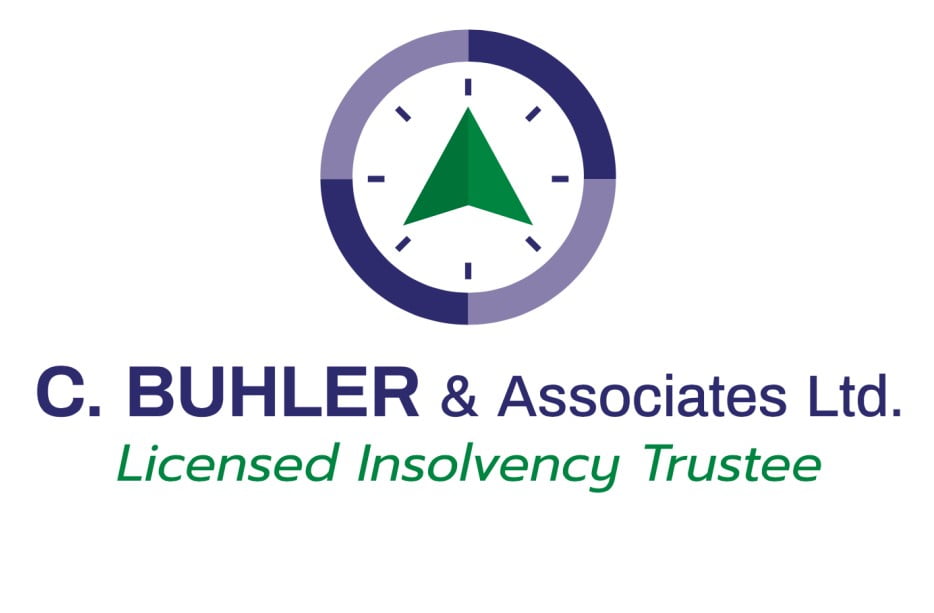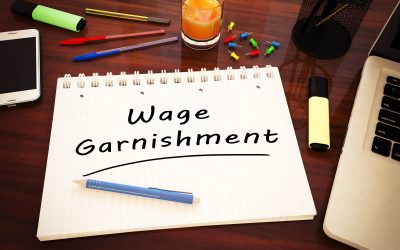Whether you’re an individual or a business owner, one way or another, you will have some form of debt at a certain point in your life. However, when debt spirals out of control or you are no longer able to meet your financial obligations, it can quickly turn into a trap that will take over your life.
If you find yourself mired in debt, filing for bankruptcy in Canada may be the best solution. The goal of bankruptcy is to give an honest debtor a chance to obtain a discharge from most if not all, of their debts, subject to certain reasonable conditions.
Declaring personal bankruptcy is relatively simple. It involves the surrender of assets in exchange for the discharge of certain debts.
It should be noted, however, that filing for bankruptcy in Canada and elsewhere does come with both advantages and disadvantages. Here, we’ll dive deep into the pros and cons of filing for bankruptcy to help you determine if it’s an option you should consider.
Pros of filing for bankruptcy
Filing for bankruptcy in Canada is an excellent alternative for debtors who have reached a point where they are facing a wall of debt they can no longer manage.
Taking the bankruptcy route comes with a number of significant advantages, including the following:
- You will no longer be held legally responsible for paying most unsecured debts. Examples of unsecured debts that go away when you file for bankruptcy in Canada include personal loans, credit card debt, unpaid utility bills, past-due insurance premiums, and income tax, etc.
- You will no longer be subjected to stressful collection calls or harassing creditors. One of the most challenging and mentally taxing aspects of being in debt is the calls, emails and other forms of communication from creditors. Bankruptcy automatically gives you a stay or legal order for your creditors to stop contacting you in any way. They will have to stop contacting you about your unpaid debt. You won’t be receiving demand letters or emails, and they can no longer threaten you with a lawsuit to collect what you owe them.
- You can have a fresh start and begin rebuilding your credit. When debt becomes unmanageable, you don’t have room for saving or building credit because all your income goes into paying off debts. You can’t afford even small luxuries because you need to focus on paying for your debts and interest. By filing for bankruptcy in Canada, you can begin anew and save for emergencies, retirement and so on. More importantly, the stress and hopelessness you feel because of overwhelming debt will end.
- You’ll learn to manage your finances better. The bankruptcy process may provide you with an opportunity to undergo financial rehabilitation. During your bankruptcy, you may be required to complete debt counselling sessions, as well as submit statements of your income and expenses every month. With your new learning and a better understanding of personal finance, you can benefit by developing better budgeting techniques.
- You will know when you can have a clean credit report. After filing for bankruptcy in Canada, you will be given a target date for a clean credit report. This means you’ll have a good basis for when you can begin rebuilding your credit and plan for it accordingly.
Cons of filing for bankruptcy
Filing for bankruptcy in Canada is not all rainbows and butterflies, though. Some of the disadvantages that come with it are as follows:
- It lowers your credit rating. This is understandable, as bankruptcy indicates your difficulty with managing debt. When you file for bankruptcy, it is reported as an R9 on your credit report. For a first-time bankruptcy, this will stay on your report for six years after discharge. If you file for bankruptcy again or for the second time, the R9 on your report will remain for 14 years.
- It can be costly. Filing for bankruptcy does not give you a free pass, as there are fees involved. The Office of the Superintendent of Bankruptcy sets these fees, which are based on your income. The bigger your income, the higher would be your bankruptcy costs and the longer these will last.
- It comes with certain duties and obligations. Aside from filing the required paperwork, you also need to submit monthly reports on your income. You also need to make prompt payments, attend two credit counselling sessions, and file your income taxes. Failure to do these things could mean no discharge, so your debts will remain.
- It can mean the loss of some assets. While you may be able to keep certain assets (e.g., most personal and household belongings) after filing for bankruptcy, you could lose items like your Registered Education Savings Plans (RESPs) and your contributions to your Registered Retirement Savings Plan (RRSP) in the past year (savings made earlier are not affected). Laws may vary depending on the province or territory. In general, though, you will lose your tax refunds for the year of bankruptcy, Goods and Services sales tax (GST) cheques and, in certain cases, if you have equity in your car and home those may be impacted.
- It does not provide discharge for some unsecured debts. Some unsecured debts that stay even with bankruptcy include student and apprentice loans (if they are less than seven years old); child and spousal support; fines and majority of court-ordered restitution payments; debts due to fraud, embezzlement or misappropriation; court-awarded damages for sexual assault or the intentional infliction of bodily harm; and certain government overpayments.
In spite of the above disadvantages, bankruptcy is a viable option for some debtors. However, there are alternatives to filing for bankruptcy. Some of the more popular options are personal budgeting, getting a debt consolidation loan, debt management planning, informal debt settlement and consumer proposals.
If you’re considering filing for bankruptcy, it’s crucial to review your finances and get the advice of a Licensed Insolvency Trustee. This way, you’ll get the information and guidance you need to weigh bankruptcy against the other options.





